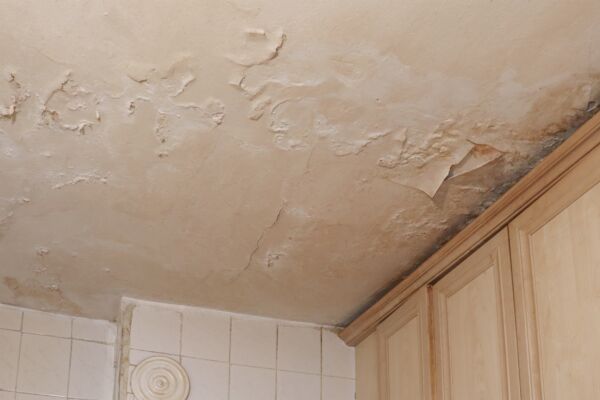Leaking at home not only wastes water resources and increases water bills, but also breeds mold and poses a risk to the building structure, so it must not be taken lightly. Experts have mentioned five signs of home leaks that are worth people’s attention.
According to the Huffington Post, here are some unexpected warning signs shared by experts indicating that your home may have a leak issue:
– Low water pressure
If the water flowing from your bathroom or kitchen faucet suddenly decreases more than usual, pay attention. It’s abnormal if it takes a long time to wash a dish.
Katie Whitaker, owner and inspector of a home inspection company in New York state, pointed out that a sudden drop in water pressure is one of the most common causes of leaks.
Whitaker explained that water pipes rely on pressure to deliver water to devices in the house. When you feel the pressure drop, it means the sealed system of your home’s water pipes has been compromised. “So the water flows to where it shouldn’t go.”
– Increased water bill
When you see a significant increase in your water bill, it could mean there’s a leak in your home.
Kelly Ireland, a plumber, said that when water bills skyrocket, people often inquire with the water company, but in most cases, it’s due to leaks from toilets or sinks.
Ireland mentioned that toilet leaks are the most common form of leakage. It may not necessarily damage the house, but it will cost you more money. An early sign of toilet leaks is a constant sound of running water, which can occur 20 minutes after someone uses it or intermittently throughout the day.
She said that this continuous sound may be due to a faulty toilet flapper or the need to replace or repair flushing valve components.
– Sunken lawn
Severe leaks in water pipes or drains can manifest in your front yard. Ireland gave an example where it may look like there’s “a large depression” on your lawn or like “water surging onto the sidewalk.”
She explained that any unevenness on the sidewalk or lawn that progressively worsens could be due to leaks.
– Odor in the basement
If your basement starts emitting a more unpleasant odor than usual, it could be a potential sign of a leak.
Whitaker explained, “If there’s unseen leakage, especially in the basement, you will notice a change in smell.” These odors may be musty, like damp clothes or mold.
– Poor bathroom caulking
Ireland mentioned that when her clients experience ceiling leaks, the most common cause is poor caulking around showers or bath tubs. Early signs may include cracked cement grout or loose bathtub spouts.
She said, “Maybe you haven’t noticed a leak on the wall, but when you turn on the shower, the entire handle wobbles.” A loose bathtub spout “usually leads to water entering the wall.”
Before seeking help from plumbers or other professionals, you can check for leaks at home using the following methods:
– Use a moisture meter
Whitaker suggests buying a moisture meter to measure if there’s water inside the walls. It will indicate the presence of moisture and its percentage.
– Paper test
Ireland suggested that if you’re unsure whether your faucet is leaking, you can do a quick test. Place a sheet of paper towel or a piece of cardboard under the sink and leave it for 5 minutes. When you come back to check, if there’s a leak, you should be able to see where it’s coming from on the paper towel.
– Check the water meter
The water meter is usually located outside the house near the roadside and can provide clues as to whether there’s a leak. This is especially useful for less apparent leaks as insulating materials can absorb water.
Ireland explained that there is typically a “rotating small dial” on the water meter. If the dial is moving, it means there’s a leak somewhere.
If you’ve gone through all the checks and still aren’t sure where the problem lies, it’s time to call a plumber or other professionals.

